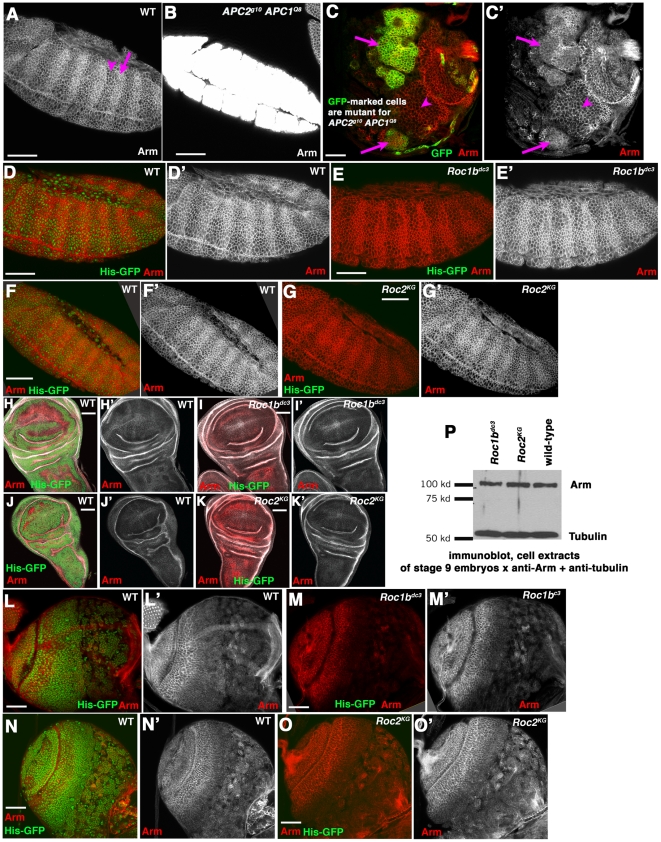Figure 1. Neither Roc1b nor Roc2 is individually required for regulating Arm levels in embryos or larvae.
Antigens and genotypes indicated. A–G. Embryos, anterior left. A. In wild-type stage 9–10 embryos segmentally repeated groups of cells receive Wingless signal, stabilizing Arm in the cytoplasm and nuclei (arrow). In other cells, Arm outside adherens junctions is destroyed (arrowhead). B. In APC2 APC1 maternal/zygotic double mutant embryos, Arm levels are highly elevated, exceeding those in any cells in a wild-type embryo. C. When one induces clones of APC2 APC1 double mutant cells in the developing larval brain (double mutant cells are marked with GFP using the MARCM technique), cytoplasmic Arm levels are modestly elevated (arrows) relative to wild-type cells (arrowhead). D–G. Stage 9 wild-type (D,F), Roc1bdc3 maternal/zygotic (E), or Roc2KG maternal/zygotic embryos (G). For each mutant, wild-type embryos marked with Histone-GFP were stained in the same tube as mutants. Arm accumulation remains unchanged in both mutants. H–K. 3rd instar wing imaginal discs from wild-type (H,J), Roc1bdc3 zygotic mutants (I), or Roc2KG zygotic mutants (K). L–O. 3rd instar larval brains from wild-type (L,N), Roc1bdc3 zygotic mutants (M), or Roc2KG zygotic mutants (O). In both wing discs and brains no changes in Arm accumulation were apparent in either mutant. P. Immunoblot of cell extracts made from stage 9 embryos. Tubulin serves as a loading control. Scale bar = 50 µm.

